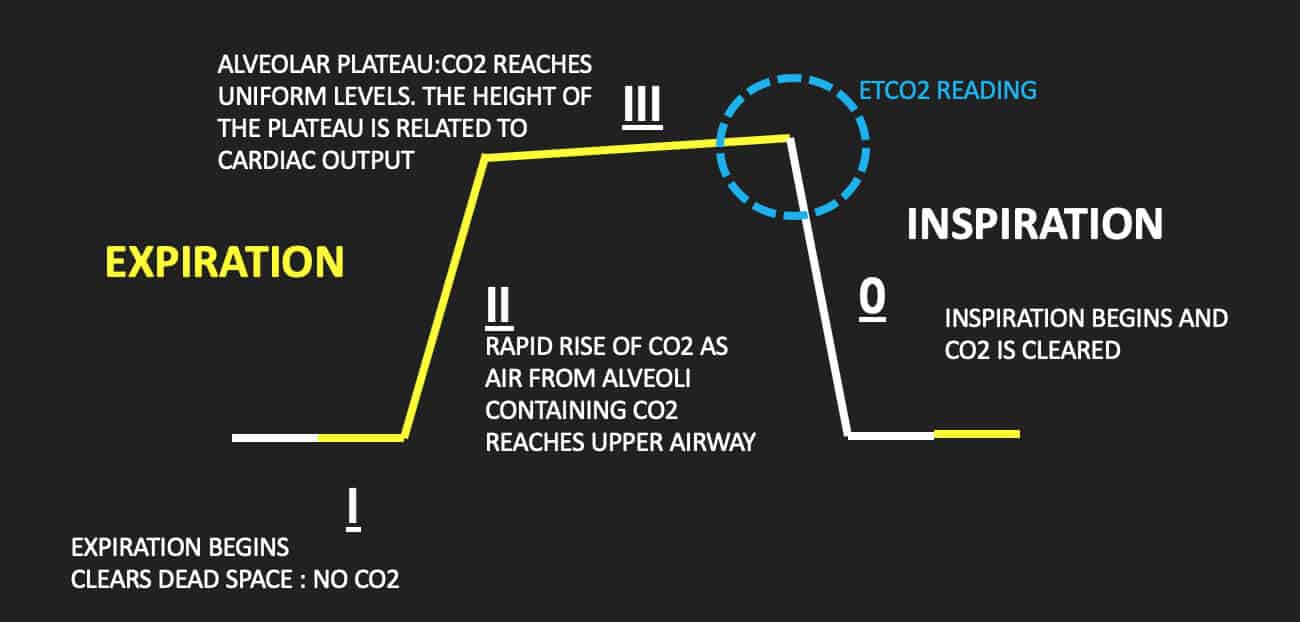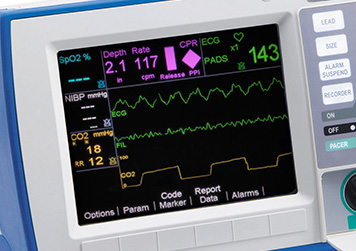low end tidal co2 during cpr
423 20 mmHg versus 34 255 mmHg. Low etCO2 may be due to suboptimal CPR technique but it may also be due to death cessation of cellular respiration leading to a lack of CO2 production.

3 Waveform Capnography Showing Changes In The End Tidal Carbon Dioxide Download Scientific Diagram
What should end-tidal CO2 be during CPR.

. Normal value is 35-45 mmHg. End-tidal carbon dioxide cannot be used to rule out severe injury in patients meeting the criteria for trauma care. Sixteen piglets were anesthetized intubated and.
Throughout the resuscitation end-tidal CO 2 was consistently in the 28-36 mmHg range during VFCPR. End-tidal carbon dioxide and outcome of out-of-hospital cardiac arrest. Possibly the chest compressions are not being performed fast enough or deep enough.
Johnson and Weil 1991. End-tidal carbon dioxide. 1 evaluating the effectiveness of chest compressions and 2 identification of ROSC.
A number of studies have demonstrated a correlation between end-tidal carbon dioxide ETCO2 cardiac output and return of spontaneous circulation in experimental animals and in patients undergoing closed-chest CPR. These levels of CO 2 were consistent with effective chest compression generating reasonable pulmonary blood flow justifying continuation of resuscitation. Loss of ETCO2 may be the first sign that CPR is needed.
Expect it to be as high as 60 mmHg when ROSC is achieved. Thus ETco 2 monitoring is a noninvasive way to measure coronary artery blood flow and return of spontaneous circulation during CPR. J Intensive Care Med.
A low P a CO2 level is correlated with increased risk of cerebral edema in children with DKA. This will cause a decrease in the ETCO2 end-tidal CO2 and this will be observable on the waveform as well as with the numerical measurement. Non-invasive assessment of fluid responsiveness by changes in partial end-tidal CO2 pressure during a passive leg-raising maneuver.
Measurement of a low ETCO 2 value 10 mmHg during CPR in an intubated patient suggests that the quality of chest compressions needs improvement. End-tidal CO2 EtCO2 is a noninvasive technique which represents the partial pressure or maximal concentration of CO2 at the end of exhalation. End-tidal CO2 ETCO2 detection requires air movement.
Another use of ETco 2 monitoring is during procedural sedation and analgesia PSA. Evidence suggests a persistently low ETco 2 value and a widened Paco 2-to-ETco 2 gradient during CPR are associated with poor outcomes. Our study attempted to correlate ETCO2 to cerebral blood flow during cardiac arrest.
Two very practical uses of waveform capnography in CPR are. We have been measuring blood flow. What happens if an end-tidal CO2 monitor is showing a reading lower than 10mmHg during chest compressions.
428 153 mmHg versus 323 141 mmHg. I have been studying end tidal co2 etco2 in an animal model of cardiac arrest with prolonged chest compressions. End-tidal carbon dioxide ETco 2 monitoring provides valuable information about CO 2 production and clearance ventilation.
This pattern not previously described is different from that observed in animal and adult cardiac arrest caused by ventricular fibrillation during which ETCO2 decreases to almost zero after the onset of arrest begins to increase after the onset of effective CPR and increases to. Goal is 10 mmHg during CPR. Evidence suggests a persistently low ETco 2 value and a widened Paco 2-to-ETco 2 gradient during CPR are associated with poor outcomes.
Free Full Text Critical Care. Here are five things you should know about waveform capnography in cardiac arrest. Throughout the resuscitation end-tidal CO 2 was consistently in the 28-36 mmHg range during VFCPR.
Pintado R Pérez Madueño V Díaz Monrové JC. It reflects the evolution of the partial pressure of carbon dioxide in the exhaled air whose value at the end of expiration is called end-tidal CO 2 ETCO 2ETCO 2 reflects cardiac output organ perfusion and pulmonary blood flow. Carbon Dioxide During the Low Flow State Initiation of CPR During CPR chest compressions along with positive pressure ventilation restore organ perfusion and oxygenation to some extent.
Abrupt increase in ETCO2 suggests ROSC during CPR detectable before pulse check ETCO2 at 20 minutes of CPR is prognostically useful. In ideal conditions CPR can achieve as much as 25 of normal cardiac output converting the no-flow state of cardiac arrest to a low-flow state Bellamy et al. N Engl J Med.
What does end tidal CO2 tell you. The first sign of the return of spontaneous circulation ROSC during CPR is increase in ETCO2. During CPR ETCO2 levels were initially high decreased to low levels and increased again at ROSC.
Systematic review and meta-analysis of end-tidal carbon dioxide values associated with return of spontaneous circulation during cardiopulmonary resuscitation. Waveform capnography analysis can help in assessing a patients condition during cardiopulmonary resuscitation CPR. A low end-tidal CO2 may indicate poor perfusion hypovolemia or sepsis.
Also called capnometry or capnography this noninvasive technique provides a breath-by-breath analysis and a continuous recording of ventilatory status. In mmHg the PetCO2 values for those with and without ROSC after five minutes of CPR was. Graphically this difference in ROSC vs non-ROSC PetCO2 for both groups appeared to be even greater at ten minutes.
The person who is doing chest compressions may be getting tired and needs to switch out with someone else. Rounded low rectangle EtCO 2 waveform during CPR with a high spike on ROSC. Normal ETCO2 in the adult patient should be 35-45 mmHg.
Cardiac output and end-tidal carbon dioxide. Ensure proper rate approximately 100min Ensure proper depth with adequate releaserecoil of thorax 12 thorax or minimum 25 inches Persistently low EtCO. Levine RL Wayne MA Miller CC.

The Role Of Etco2 In Termination Of Resuscitation Jems Ems Emergency Medical Services Training Paramedic Emt News

Waveform Capnography In The Intubated Patient Emcrit Project

Waveform Capnography In The Intubated Patient Emcrit Project

Capnography Waveforms Anesthesia School Emergency Nursing Nurse Anesthesia

The Role Of Etco2 In Termination Of Resuscitation Jems Ems Emergency Medical Services Training Paramedic Emt News

The Impact Of Ventilation Rate On End Tidal Carbon Dioxide Level During Manual Cardiopulmonary Resuscitation Resuscitation

End Tidal Co2 Etco2 By Group And By Group And Rosc A Etco2 Versus Download Scientific Diagram
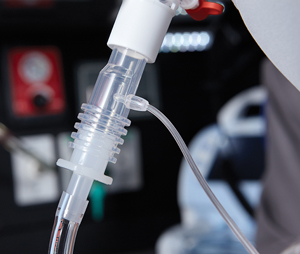
3 Things To Know About Capnography And Advanced Airways Capnoacademy Capnoacademy

Capnography During Cardiopulmonary Resuscitation Current Evidence And Future Directions

Capnography Provides Bigger Physiological Picture To Maximize Patient Care Jems Ems Emergency Medical Services Training Paramedic Emt News
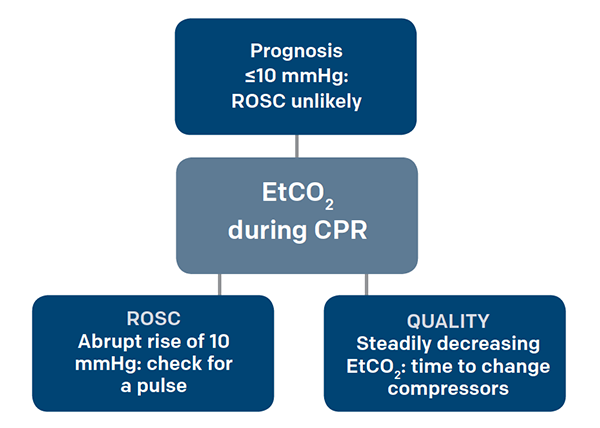
Use End Tidal Capnography For Placing Orogastric Nasogastric Tubes And Cpr Page 2 Of 4 Acep Now Page 2

Basic Capnography Interpretation Nuem Blog

Capnograph Note Try To Maintain Etco2 Above 10mmhg During Cpr Emergency Nursing Respiratory Therapy Student Icu Nursing

Average Etco2 Kpa During Cpr In Patients With Or Without Rosc Download Scientific Diagram
Emdocs Net Emergency Medicine Educationcapnography In The Ed Emdocs Net Emergency Medicine Education
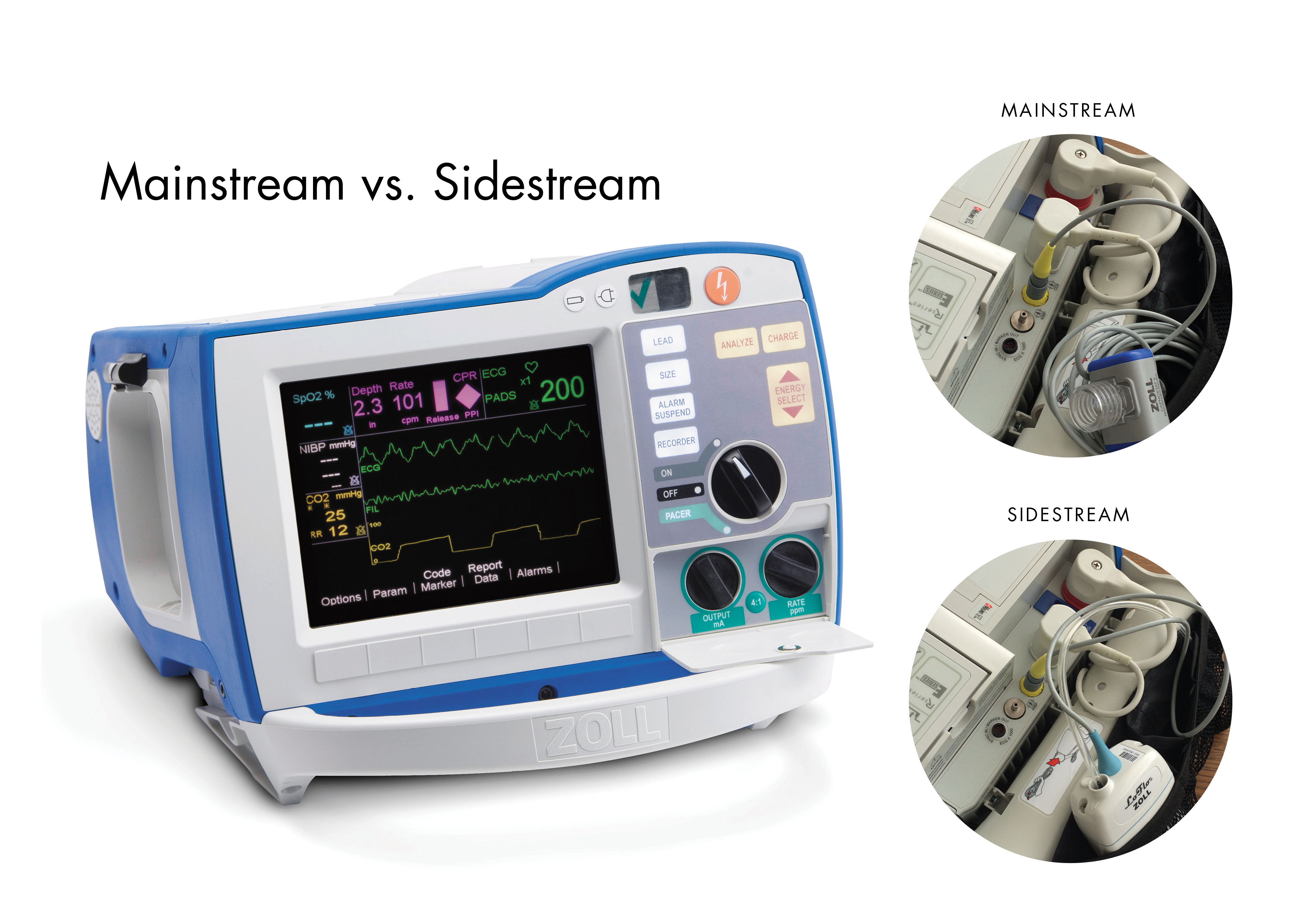
R Series End Tidal Carbon Dioxide Etco2 Zoll Medical
